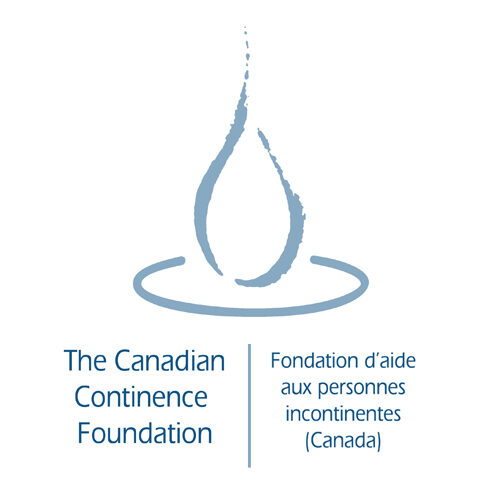For all your intimate health concerns...
Women's Health Physiotherapists are trained specifically for assessing and treating a variety of conditions affecting the abdomen and pelvic floor such as stress incontinence, overactive bladder syndrome, pelvic organ prolapse, pelvic pain, and pregnancy and childbirth related issues.
Incontinence- Did you know?
It is NOT normal to leak when you laugh, cough, sneeze, run, jump or lift something.
It is NOT normal to go to the bathroom every 1-2 hours.
It is NOT normal to RUN to the bathroom when you first feel the urge to go.
Kegals- Did you know?
They are NOT always indicated for pelvic floor problems.
Sometimes doing kegal exercises causes more harm than good.
Kegals often are NOT performed correctly.
The Evidence Speaks for Itself:
The Cochrane Collaboration 2010 concluded that Physiotherapists with specialized training in pelvic floor rehabilitation (using internal examination to teach the exercises) should be the first line of defence, before surgical consultation, for stress, urge and mixed incontinence in women.
Diastasis Recti- Did you know?
Diastasis Recti, or abdominal separation, is a a gap of the rectus abdominus muscles due to damage of the linea alba, or connective tissue. Studies have shown 35-50% of women have diastasis recti that had not recovered in the postpartum period.
The Evidence Speaks for Itself:
Measurements of the the inter-recti distance from 1 day to 1 year postpartum shows a marked decrease from day 1 to 8 weeks., however without any intervention (e.g. exercise training or other physiotherapy) there was no further closure at the end of the first year (Coldron et al 2007).
There is a relationship between the presence of diastasis recti and pelvic floor dysfunction diagnosis of stress urinary incontinence, fecal incontinence, and pelvic organ prolapse (Spitznagle et al 2007).
Early research is showing exercise during pregnancy and in the postpartum period are helpful to closing the gap (Benjamin 2014).
Pelvic Prolapse- Did you know?
Pelvic organ prolapse is common, and some degree of prolapse is seen in 50% of women post childbearing. . Women with prolapse can experience a variety of pelvic floor symptoms.
The Evidence Speaks for Itself:
The Cochrane Collaboration 2011 concluded that pelvic floor physiotherapy may improve prolapse stage and symptoms of prolapse over a 6 month period when compared with no treatment.
Pelvic Pain and Sexual Function- Did you know?
Physiotherapy is an effective treatment for treatment of sexual disorder in pelvic floor disorders.
The Evidence Speaks for Itself:
A recent study showed women with pelvic prolapse, and pain during intercourse had significant improvements with physiotherapy over surgery in terms of orgasm and pain (Eftekhar et al 2014).




Rockstar Resources
Pelvic Guru
Tracy Sher, a Pelvic Physiotherapist, provides a safe space on the internet for all questions related to pelvic health.
Katy Bowman
Podcasts and blogs by biomechanist Katy Bowman from Nutritious Movement relating to pelvic health, pregnancy and more!



